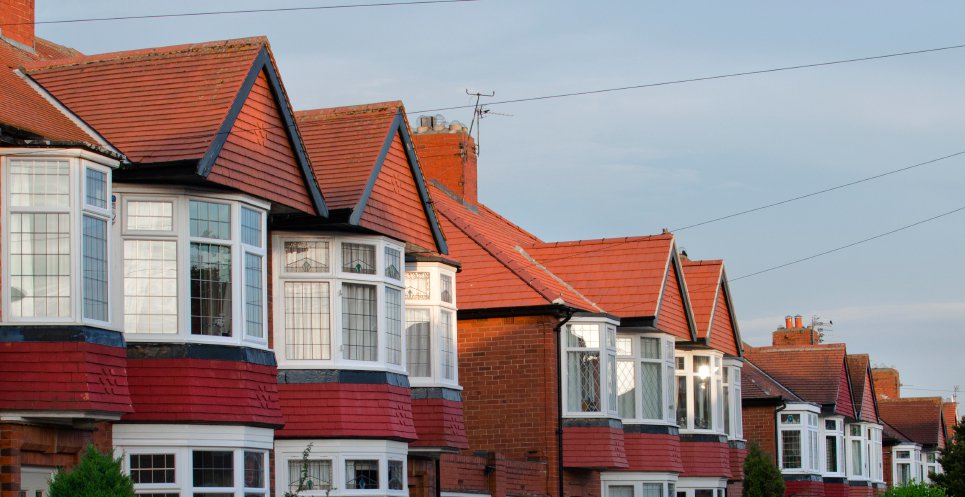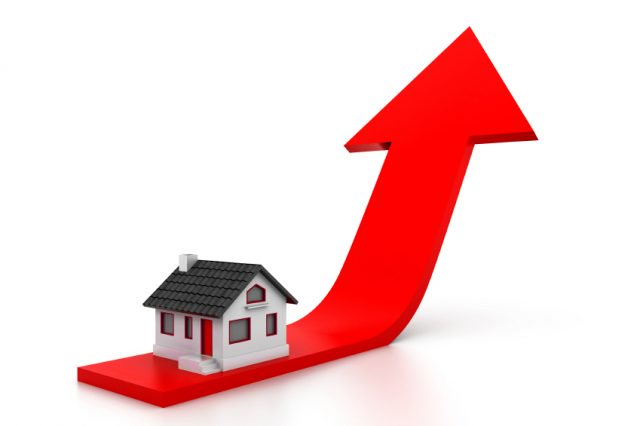UK residential market in 6 month activity high
Encouraging new data indicates that UK housing market activity climbed to its highest level in the last six months. In addition, last month saw the second highest monthly level on record, according to research from Connells Survey & Valuation.
September also saw 0.5% property valuations carried out than in March 2015, which saw the highest recorded figure.
Activity increase
Annually, total valuation activity rose by 29%, following a 23% month on month rebound since August of 2015.
John Bagshaw, Corporate Services Director at Connells, feels that,’ Britain’s housing market is going from strength to strength.’ He said that,’ against a brightening economic background, players in all parts of the market are feeling more confident about their prospects. Valuation activity is growing beyond the seasonal pick-up at the end of August, with year-on-year growth gathering momentum.’[1]
Further data from the report shows that the total number of valuations carried of specifically for first-time buyers increased by 25% in September in comparison to August. There was also an 18% increase compared to September 2014.[1]
Valuation activity amongst existing home movers performed to a higher rate, increasing 26% month-on-month and by 23% year-on-year. ‘First-time buyers aren’t just feeling more confident, they are now following this up with real action and contributing a good portion of growth in the UK housing market,’ noted Bagshaw. ‘There are no signs yet that schemes such as Help to Buy are going to be phased out, helping to suppress the barriers to setting a first foot on the ladder,’ he added.[1]
First-time acceleration
‘Meanwhile, wages are growing faster than inflation and purchase prices have cooled a little in recent months, all contributing a good portion of growth in the UK housing market,’ Bagshaw continued. ‘Moreover, the latest focus from the government on starter homes is a promising sign there is at least a strong intention to maintain support at the bottom of the ladder.’[1]
Bagshaw also noted, ‘home movers have also been buoyed by the same trends. Rising real term wages combined with steadily increasing property values mean that many of those who are already fortunate enough to have a place of their own feel it’s a great time to buy.’[1]
The report also shows that remortgaging also experienced another positive month. Total valuations for those looking to take out a new mortgage against the value of their current home increased by 16% month-on-month and by 49% year-on-year.[1]
Buy-to-let stability
Furthermore, the buy-to-let sector has seen more steady growth, with the total number of valuations increasing by 13% since September of last year. Monthly, valuations carried out by on behalf of would-be buy-to-let investors increased by 21%.[1]
Mr Bagshaw believes, ‘the remortgaging sector is continuing to power ahead with plenty of people still opting to improve rather than move. High demand in this sector is still being driven by the large number of good mortgage deals out there, as homeowners rush to capitalise on the value of their home, while it’s still relatively cheap to do so.’[1]
‘Meanwhile landlords are proving resilient. Many thought the buy to let market might be in full retreat after a Summer Budget aimed at clamping down on the sector. But most investors’ panic was short lived as they realised that the fundamentals of buy to let’s profitability, namely large demand from tenants and low mortgage rates, were still in place. Far from being a drag, the sector capped off what has been a very good month for total valuations,’ Bagshaw concluded.[1]
[1] http://www.propertywire.com/news/europe/uk-property-activity-report-2015101311084.html










